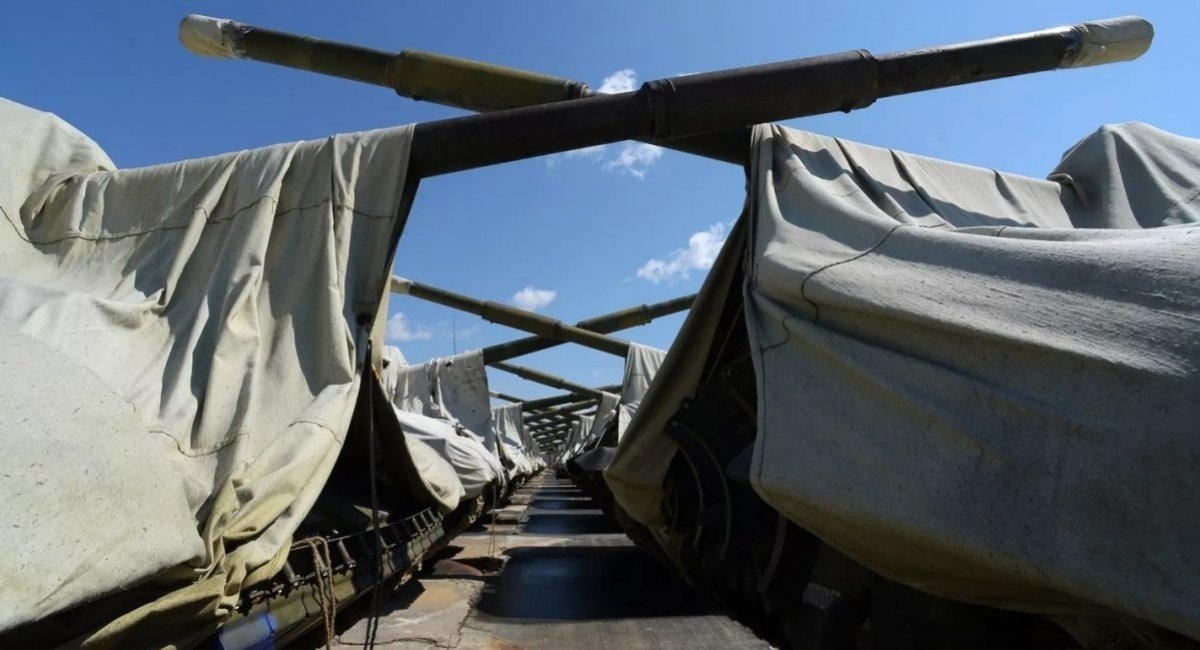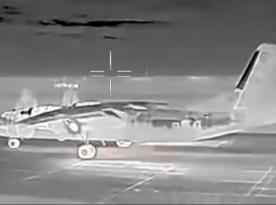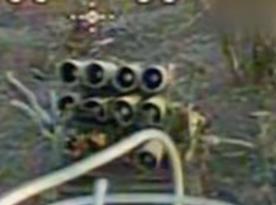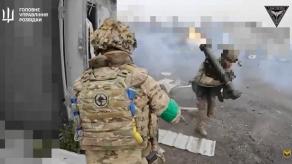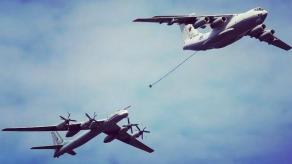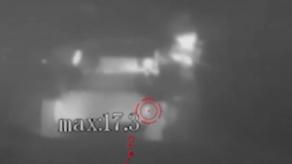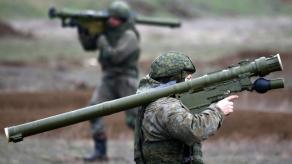Issue No. 10 of the russian magazine Material and Technical Support has been made publicly accessible, featuring an article on the russian army’s experience with tanks and other armored vehicles in its ongoing full-scale war against Ukraine.
The central takeaway from this publication is that the actual repairability of russian tanks is 3-5 times lower than what is claimed in official manuals. This discrepancy has extended repair times for equipment by at least 15-20%. However, on a note from Defense Express, this issue is merely the tip of the iceberg.
Read more: Typical Problems With Putting Mothballed Tanks Back to Service, Exemplified by russian T-80
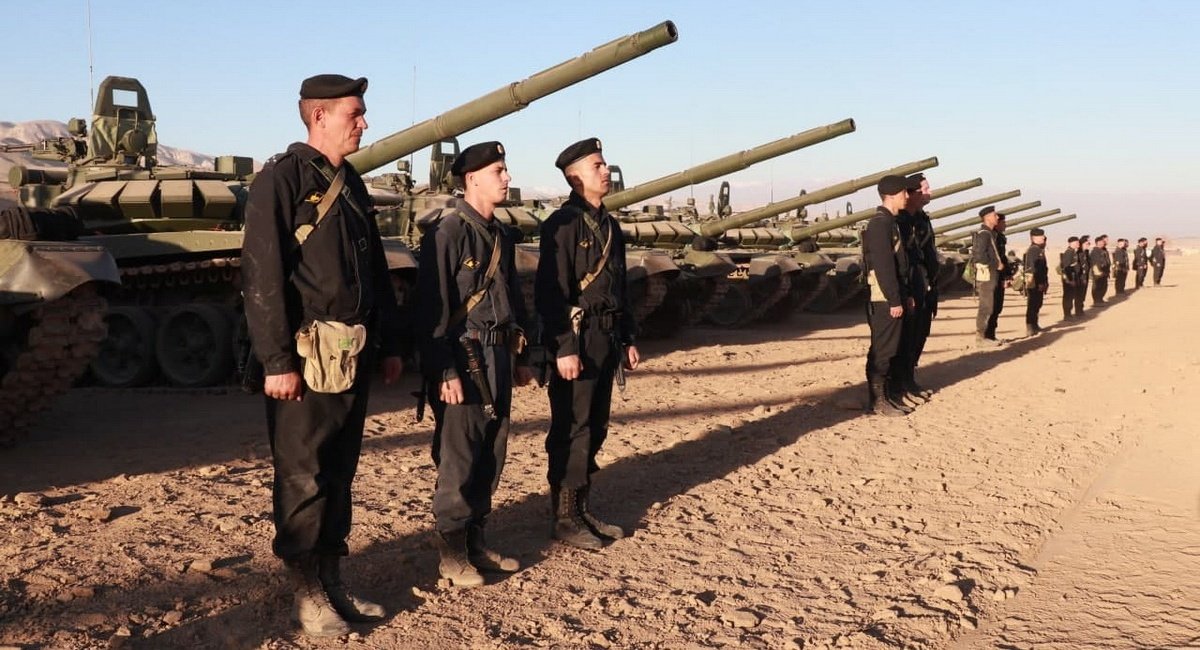
The publication reveals that russians discovered a critical lack of unification of weapons and equipment used in their armored vehicle fleet — a problem that had already reached a "critical limit" before the full-scale invasion began.
For instance, fire control systems in T-72 and T-80 tanks have non-interchangeable components. Additionally, there are as many as seven different engine types used in russian armor, further complicating logistics and repairs.
The magazine also draws attention to how incomplete the armored vehicles arrive from storage bases. Upon receipt, these vehicles require engine replacements, battery charges, and replenishments to the spare parts and tool kits.
Compounding these issues, numerous malfunctions were reported in communication systems, electrical equipment, and fire control systems. Addressing all these faults required specialists from repair plants, manufacturing plants, and storage bases. As a result, preparing tanks from mothballed reserves for combat operations could take up to 10 days.
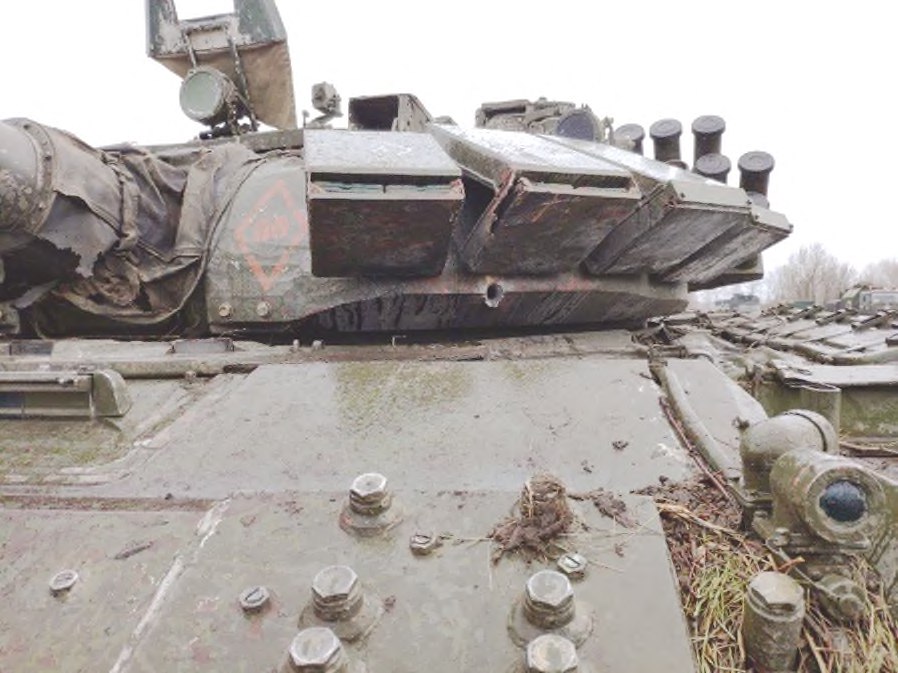
The article also provides insight into how different types of damage affect tank functionality. When armor is penetrated, the power plant units, stabilizers, automatic gun loaders, fuel tanks, optical and electro-optical systems, and communications equipment can be destroyed or disabled.
When a tank is struck by a shaped-charge projectile, its effects depend on what components lie in the path of the blast. If the affected area contains powder-based propellant charges, detonation and fire may occur. Damage to the engine or transmission system often results in a fire, which can lead to fuel tank explosions and, in some cases, ammunition detonation.
Even non-penetrative impacts have caused serious problems. Hits from grenades or collisions with building walls have been known to disable stabilizers, automatic loaders, and sights, rendering the tank inoperable.

Other operational issues were also recorded. For instance, the thermal imaging channel of the Sosna-U tactical sight requires up to 11 minutes to enter operational mode, which is unreasonably long in fast-paced combat situations. Emergency rotation of hatches is not always possible thus hindering the driver’s ability to exit the vehicle quickly. Besides, tanks are poorly adapted to meet the personal needs of crew members, which negatively impacts operational effectiveness during combat.
Earlier Defense Express analyzed the most common failures recorded in russian T-80 main battle tanks when trying to put them back to service after long storage and exposure to the environment, and how these failures correlate with the amount of time they spent rusting out without as much as a roof to protect them from rain.
Read more: Rare BMD-3 Vehicles De-Mothballed in russia A Year Ago Haven't Reached Frontlines Yet



